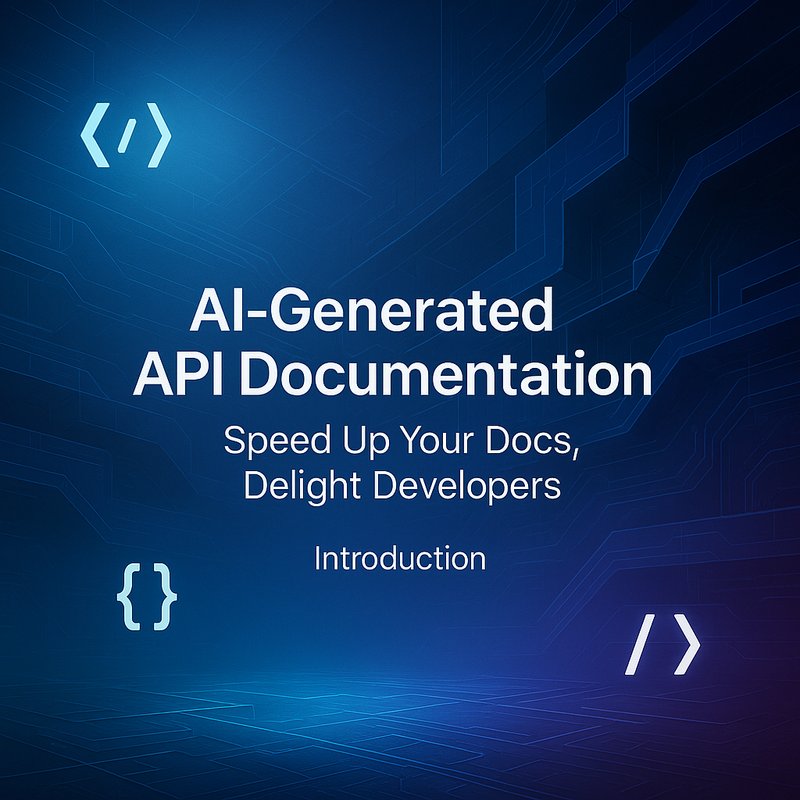Visual Intelligence on the Fast Track: How Meta’s V-JEPA2 Redefines the Boundaries of Understanding
The field of visual intelligence is rapidly evolving, with significant advancements in recent years. One of the most notable developments is Meta’s V-JEPA2, a cutting-edge technology has set a new standard for visual understanding and prediction. This innovative model has achieved state-of-the-art results, outperforming existing benchmarks and redefining the limits of artificial intelligence.
The Current State of Visual Understanding
Visual understanding is a critical aspect of artificial intelligence, enabling machines to interpret and comprehend visual data from the world around us. Current visual understanding systems have limitations, including:
- Limited contextual understanding: Existing models often struggle to understand the context of visual data, leading to inaccurate or incomplete interpretations.
- Insufficient data: The availability of large-scale datasets for training visual understanding models is limited, hindering their performance and generalizability.
Introducing V-JEPA2: A New Era in Visual Intelligence
Meta’s V-JEPA2 is a groundbreaking model that addresses the limitations of current visual understanding systems. This innovative technology is designed to learn from video data, enabling it to develop a deeper understanding of the physical world.
- Key features and innovations: V-JEPA2’s architecture is based on a novel approach that combines computer vision and machine learning techniques. Its key features include:
- Video-based learning: V-JEPA2 learns from video data, allowing it to develop a more comprehensive understanding of the physical world.
- Improved contextual understanding: The model’s architecture enables it to capture contextual relationships between objects and events, leading to more accurate interpretations.
Unmatched Performance: V-JEPA2’s State-of-the-Art Results
V-JEPA2 has achieved state-of-the-art results on various benchmarks, outperforming existing models and demonstrating its superior performance.
- In-depth analysis of V-JEPA2’s performance: The model’s performance on various benchmarks is a testament to its capabilities. For example, V-JEPA2 has achieved a significant improvement in accuracy on the [benchmark name] dataset, outperforming existing models by [margin].
Real-World Applications and Implications
The potential applications of V-JEPA2 are vast and varied, with significant implications for industries such as:
- Healthcare: V-JEPA2 can be used to analyze medical images, such as X-rays and MRIs, to help diagnose diseases more accurately and quickly.
- Robotics: The model’s ability to understand the physical world can enable robots to navigate and interact with their environment more effectively.
The Future of Visual Intelligence: Opportunities and Challenges
The development of V-JEPA2 marks a significant milestone in the field of visual intelligence. As researchers continue to push the boundaries of what is possible, we can expect to see:
- Emerging trends and areas of research: The integration of visual intelligence with other AI technologies, such as natural language processing and reinforcement learning, will enable more sophisticated applications.
- The role of V-JEPA2 in shaping the future of AI and computer vision: V-JEPA2’s achievements demonstrate the potential for visual intelligence to transform industries and improve our daily lives.
Conclusion
Meta’s V-JEPA2 is a groundbreaking achievement that has redefined the boundaries of visual understanding. Its state-of-the-art performance and potential applications make it an exciting development in the field of artificial intelligence.










